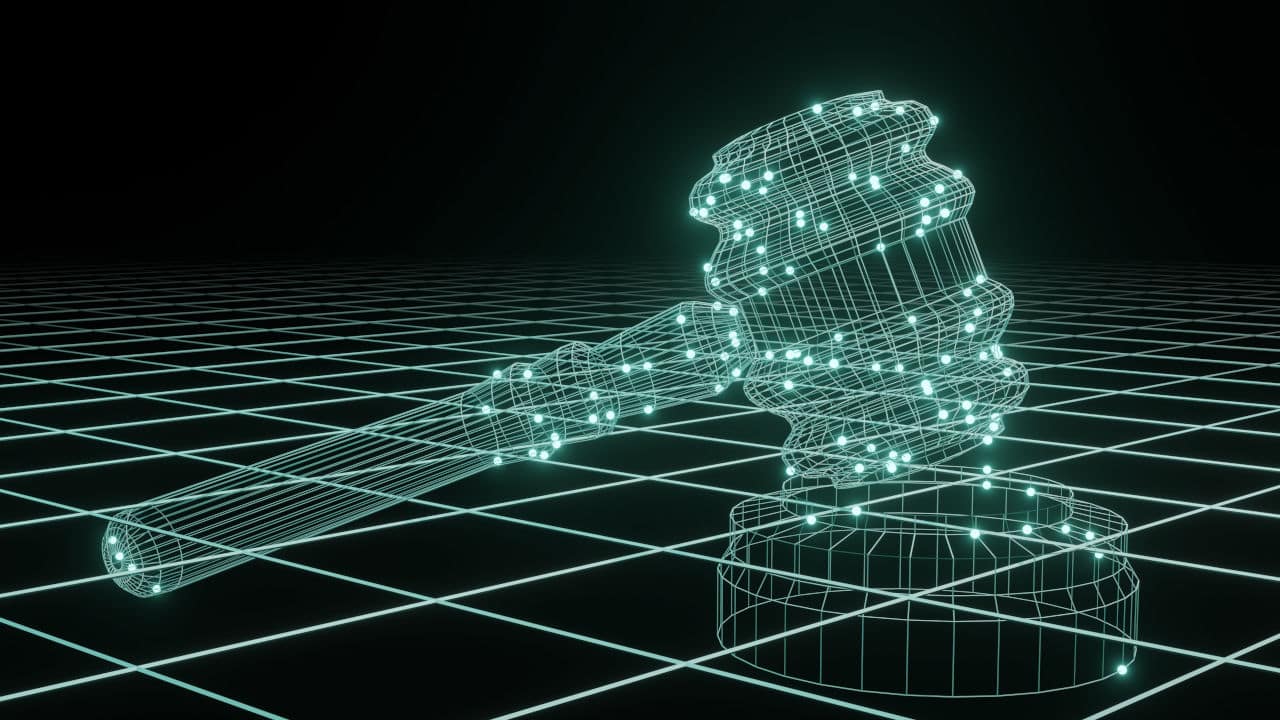As an attorney handling a case, you have to work hand in hand with your client, witnesses, and expert witnesses to ensure that everything works seamlessly in your bid to secure justice on behalf of your client. For this reason, every issue or confusion that could frustrate the case must be promptly ironed out before the case commences. This is to avoid contradictions and discrepancies during the trial. To ensure that justice is served, the jury members are also expected to scrutinize every piece of evidence and testimony delivered by both parties.
Where Does Legal Animation Come In When Resolving Irregularities?
As an attorney, you need to represent your client’s interests very accurately to ensure that the justice sought is actually achieved. Therefore, when you have a case before you, that deals with technical facts such as proximity, velocity, distance, medical exegesis, and other possible cases that are in themselves complex, such as car incidents, collisions, shooting incidents, construction incidents, fire explosions, patent infringement cases, and medical cases, legal animation can be used as a reliable tool to encapsulate the issue in a simple and organized manner.
Consider this example:
In a case centered on a road collision incident, your first witness testified that your client’s car was parked by the roadside when suddenly, another vehicle, which seemed to have been speeding at a rate of 75 miles per hour, crashed laterally into your client’s vehicle. Subsequently, your witness made a statement that threw discrepancies into the facts, claiming that the speed was 80 to 85 miles per hour.
In the instance of this misrepresentation, you may lose the jury, thus throwing incredibility to your client’s story.
However, with trial animation, you can get all the facts that your witness is aware of and direct them into creating a comprehensive and non-incriminating piece of demonstrative evidence. With this, you would have provided an accurate description of the event and ruled out the possibility of irregularities in your client’s case.
In addition to that, if a lot of evidence has already been tendered in a case and it is beginning to seem to the members of the jury that they are lost in a labyrinth, then legal animation can be used to tackle such irregularities and guide them out of the maze of confusion they had been lost in.
What Are The Rules That Must Be Taken Into Consideration Before Using Legal Animation?
As much as legal animation can help fight the risk of creating irregularities in cases such as medical malpractice, personal injury cases, construction cases, patent infringement cases, road incidents, and shooting incidents, you must also consider other rules that guide the use of this form of evidence.
In US federal courts, the Federal Rules of Evidence are followed, while state courts have similar state laws that also guide the admissibility of this form of evidence.
- The legal animation should be an accurate depiction of the facts of the case.
While the animation is prepared to coordinate the facts and encapsulate them in a simple fashion, you need to ensure that it accurately depicts what your witness saw at the scene of the incident. This is essential to ensure that your animation is deemed admissible evidence before the court.
- It should be relevant to the case at hand.
The issue of relevancy comes up often when legal animation is tendered as evidence before the court. This is why legal animation should be used only in cases that actually require it. If the facts do not cause your witness to make an inadvertent contradictory statement, then you may not need legal animation in that case. In short, the animation must be relevant and should play a part in fostering the jury’s understanding.
- It should not be prejudicial to the case at hand.
What does it mean for a piece of evidence to be prejudicial?
Well, it means the evidence contains properties that can cause the jury to decide the matter improperly.
Thus, the court is under the obligation to exclude relevant evidence if its probative value is substantially outweighed by its prejudicial effect.
Conclusion
Legal animation is an undeniable ally on different counts when dealing with several court cases. However, even while resolving irregularities, the right rules must be considered to ensure admissibility. You can get the assistance of a credible legal animation company to ensure admissibility.






